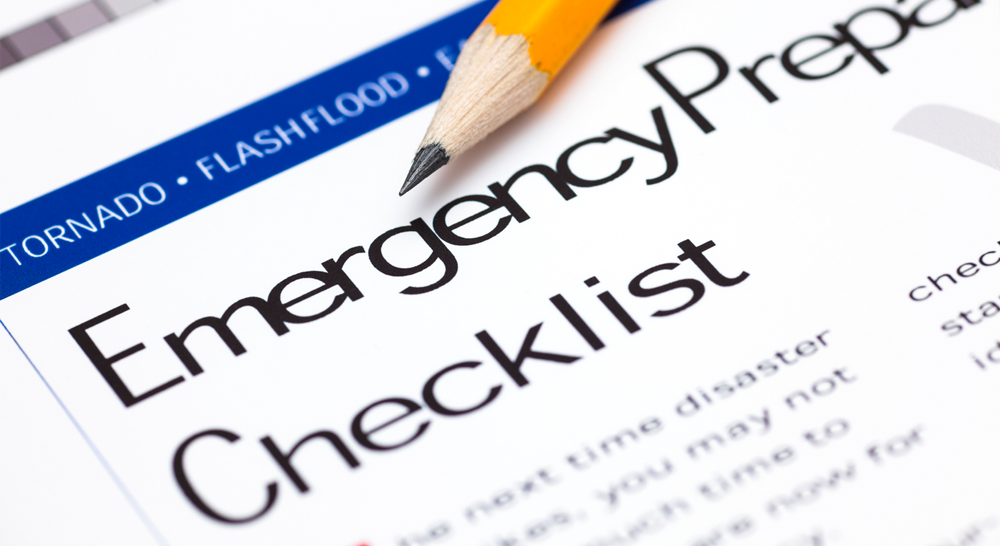Since 2004, the United States has recognized the month of September as National Preparedness Month. It is a time when countless organizations remind people to be ready for any disaster (whether it be man-made or natural) that could have lingering effects on the livelihood of one’s community or business. The COVID-19 pandemic and the recent increase in catastrophic weather events further emphasize the importance of being ready in the face of a disaster. The time to prepare for all kinds of disasters is before they strike. Business owners who have plans in place well in advance of a disaster are more likely to make it through the event and recover more quickly.
The first step in being prepared is understanding what can potentially affect you. You can’t plan for disruptions if you do not know the risks your business faces. IBHS offers great resources that highlight different natural disasters like hurricanes, wildfires, floods, etc. They provide information on preparing your property to reduce damage from natural disasters as well as steps to take right before a disaster strikes. Check out DisasterSafety.org to learn more. Beyond natural disasters, it is also important to determine the other threats to your business functions and processes such as cyber security risks or loss of critical equipment.
The next step in preparedness is creating a plan. With disaster planning, you are looking beyond reacting to situations but also preventing business disruptions through a business continuity plan to support the recovery process following a disaster. A simple tool used to help businesses prepare for an event is the utilization of a checklist. Checklists are designed to help an operation keep track of materials and tasks needed to be completed before a disaster occurs.
A continuity plan enables a business to minimize downtime and costs of recovery following a loss. Some aspects of a business continuity plan may include:
- Replacement contingencies for critical business equipment that can cause bottlenecks
- A communication system after an emergency (Ex: message templates, telephone recordings)
- Disseminating a payroll policy in the event of office closure due to an emergency
- Setting safeguards on documents, records, and reports crucial to an operation
For a preparedness plan to achieve its highest potential, it is important that it is thoroughly communicated and carried out by all employees. Making yourself aware of the risks you face and establishing a plan to protect those around you and your property will increase your businesses resilience against all types of disasters or emergencies.
IBHS offers a free toolkit, OFB-EZ, that can help you get started on a business continuity plan. It provides you with a step-by-step guide with checklists to examine your operations, identify its specific risks, and build your plan to keep you functioning in the event of a major disaster by allowing you to continue to perform the most critical operations.
Disasters are waiting to happen. In today’s unstable environment, it is critical to start preparing and having a strong disaster recovery plan in place. For more information on ways to better prepare your business, PLM offers an extensive library of safety guides, resources, and services that can be found in our Loss Control Center. In addition, PLM’s Loss Control Representatives are dedicated to helping business owners like you mitigate areas of risk within your operations through consultative services and helpful recommendations.

